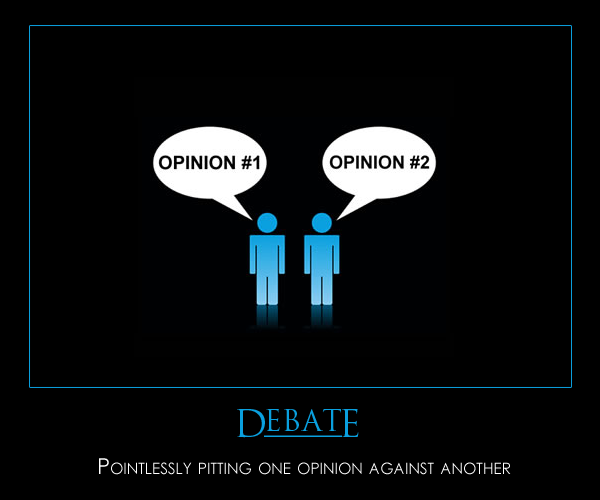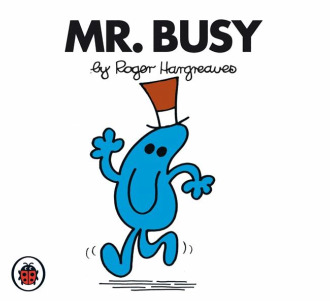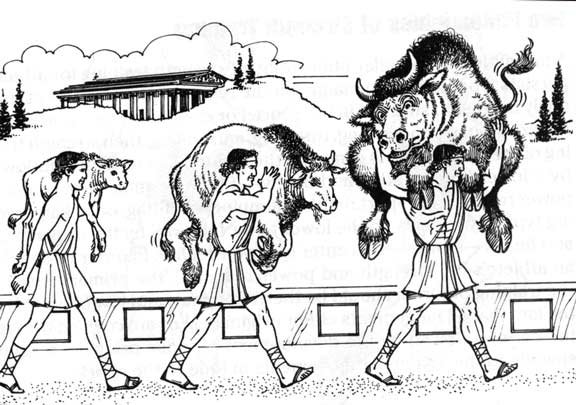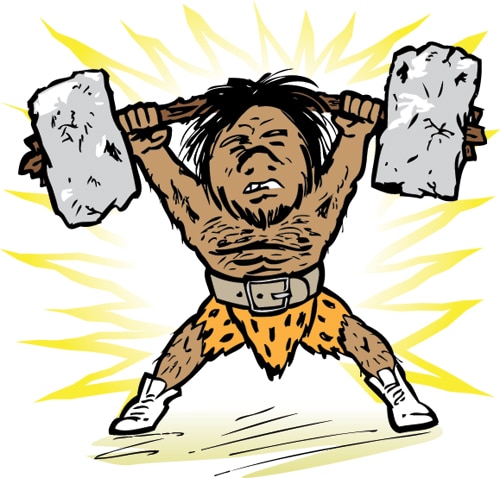 I have nothing against “fitness experts.” In fact I regularly seek out, read, listen to, and pick the brains of people (not in a Walking Dead sort of way) that I consider to be experts in various areas of exercise because in quiet moments of self-reflection I realize that I don’t know it all. Hard to believe I know. I like hearing different points of view, especially the diametrically opposing ones. As Stephen Covey put it in The 7 Habits of Highly Effective People, “seek to understand.” If I’m able to understand their point of view then I’ll either glean new insight and apply it to what I do, ooooooooor I’ll bang my head against a wall thirty-two times as a preventative measure to ensure the information doesn’t settle into my brain.
I have nothing against “fitness experts.” In fact I regularly seek out, read, listen to, and pick the brains of people (not in a Walking Dead sort of way) that I consider to be experts in various areas of exercise because in quiet moments of self-reflection I realize that I don’t know it all. Hard to believe I know. I like hearing different points of view, especially the diametrically opposing ones. As Stephen Covey put it in The 7 Habits of Highly Effective People, “seek to understand.” If I’m able to understand their point of view then I’ll either glean new insight and apply it to what I do, ooooooooor I’ll bang my head against a wall thirty-two times as a preventative measure to ensure the information doesn’t settle into my brain.
Arguing Over Exercise Principles
It’s really simple. Every workout program ever designed has these four principles present; intensity (as in effort, not a percentage of 1RM), volume (some number of sets), load (any resistance being used or % of 1RM) and frequency (scheduled occurrence). The way some experts talk about these principles individually you would think that one holds the key to success and the others should sit back and remain silent. And it comes from both sides of the aisle, as well as the front and back of the room.
Experts dedicate an inordinate amount of time to the study and practice of what they do which is what makes them experts in a particular area. But it can also blind them from everything else going on around them.

The HIT experts bang on the volume guys for wimping out on their sets as soon as discomfort sets in lieu of performing more sets. The Volume Guys laugh at the HITters for spending more time talking about training than they do actually training. Both point to studies done by people on their side of the aisle to substantiate their position. Each misses the valid aspects of what the other does. All agree that Crossfit is completely nuts. And anyone professionally involved in fitness who is over the age of 70 can prove that none of this new shit is actually new, they were doing it in the 50’s.
Where the Fitness Experts Blow It
How the principles listed above are arranged—the measure of each ingredient—is determined by three other components; S.A.I.D. (specific adaptations to imposed demands), diminishing returns, and the mother of them all, the sole determinant of why or why not a program is suitable, individualism. For any fitness expert to make blanket statements about theirs being a superior approach is naive and arrogant. It assumes that intensity, volume, load, and frequency exist in a vacuum and are uninfluenced by S.A.I.D., diminishing returns, and individualism, as well as other external factors. They fail to recognize that the only superior approach is the one that’s most appropriate at that particular time for that particular individual because of his/her particular circumstance.
Exercise Principle Pimps
Most fitness experts mean well. I sincerely believe that. But well-meaning doesn’t excuse you from pimping out certain exercise principles to push YOUR preferred way of training. We all have a “home base.” But it doesn’t mean you cannot and should not explore things outside of that circle if it could mean better results for you or those you provide professional services to.

Though no one likes to think in broad terms that’s precisely what the best experts do. They understand all the principles and how they interrelate, and how they should be adjusted according to an individual’s current physical and mental state. In society we have to abide by many laws not just the ones we prefer. Exercise is no different.























